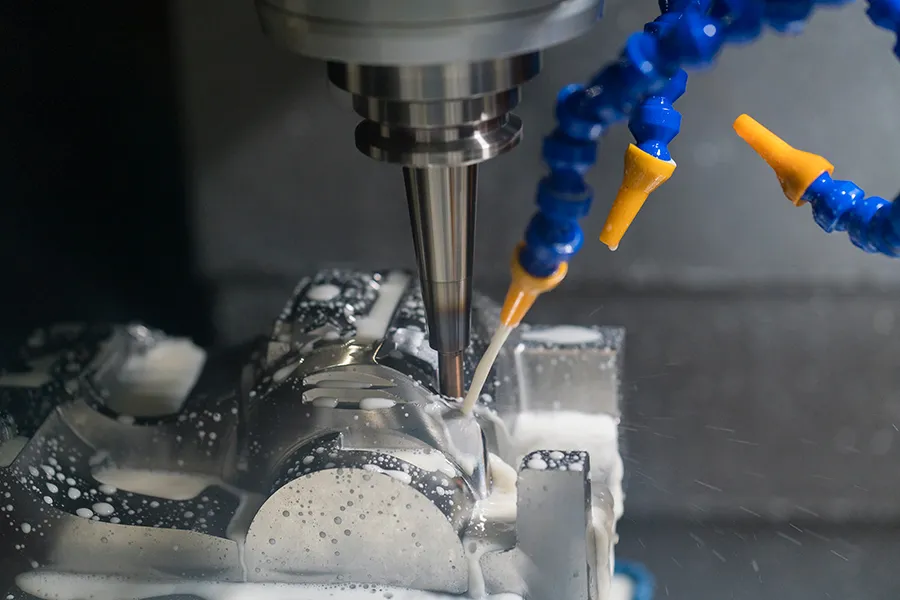Medical parts plays a more and more important role now since the demand increase. People getting older and the demand will keep increasing. CNC machining is one of the most used way to customize medical parts.
According to the characteristic size and shape of medical device parts, the processing error can be effectively controlled, and the processing accuracy can be judged according to the positioning relationship between the workpiece and the fixture. On this basis, not only the processing accuracy of the parts is guaranteed, but also the integrity and strength characteristics of the parts are better protected.
The processing technology of medical device parts is relatively special, such as aluminum alloy medical device parts. Due to its toughness, plasticity, adhesion and other characteristics, it is impossible to perform CNC machining alone. The rigidity of medical device parts of some materials is poor, and the processing process should be strictly controlled during CNC machining, otherwise the cutting tumor will affect the smooth progress of subsequent processing. Pay close attention to the CNC machining process, adopt advanced processing technology to achieve reasonable and effective processing, avoid workpiece deformation, and better meet processing requirements.
CNC machined items include various surgical instruments used in medical procedures, such as trocars (skin piercers), bone drills, and saws. When CNC machining, parts are typically milled using 3 to 5 axes or turned using a live tool CNC lathe. The most common types of machines used in the manufacturing of medical parts include CNC milling, lathe machining, drilling and computerized milling. Reliability and high quality are the top priorities in the processing of medical parts, so the medical device industry has put forward new requirements for professional precision tools. Difficult-to-machine materials, complex workpiece shapes, and frequent CNC small-batch production are critical for processing professional medical tools. Machine knives place high demands on them. Mainly manifested in:
-
The requirements for cnc machines and tools are relatively high
Advanced medical device processing equipment such as Swiss automatic lathes, multi-spindle machine tools and rotary tables are completely different from the usual machining centers and lathes. Their size is very small and their structure is very compact; in order to meet such requirements, the structure of the tool It also requires a special design, requiring the size of the tool to be small, while ensuring the rigidity of the tool.
-
High requirements for cnc machining efficiency
To customize medical parts, the most important thing is the machining efficiency, that is, the processing rhythm. It is required to be able to replace the blade in the shortest time.
-
High tolerance requirements and surface roughness requirements
From the perspective of the workpiece itself, it is very different from other mechanical parts; medical devices implanted in the human body first require a very good finish, very high precision, and no deviation. This requires the cutting tool from the design of the blade structure to Insert coatings are designed to meet high machining requirements.
-
CNC machining requirements:
Tolerances in the micron range are common in the medical industry, and selecting the correct tool requires insight and experience. On the one hand, even drilling small holes requires the use of lubricants to reduce friction, reliably dissipate heat and handle fine iron filings at the cutting edge; cutting tools for high-quality surfaces.

